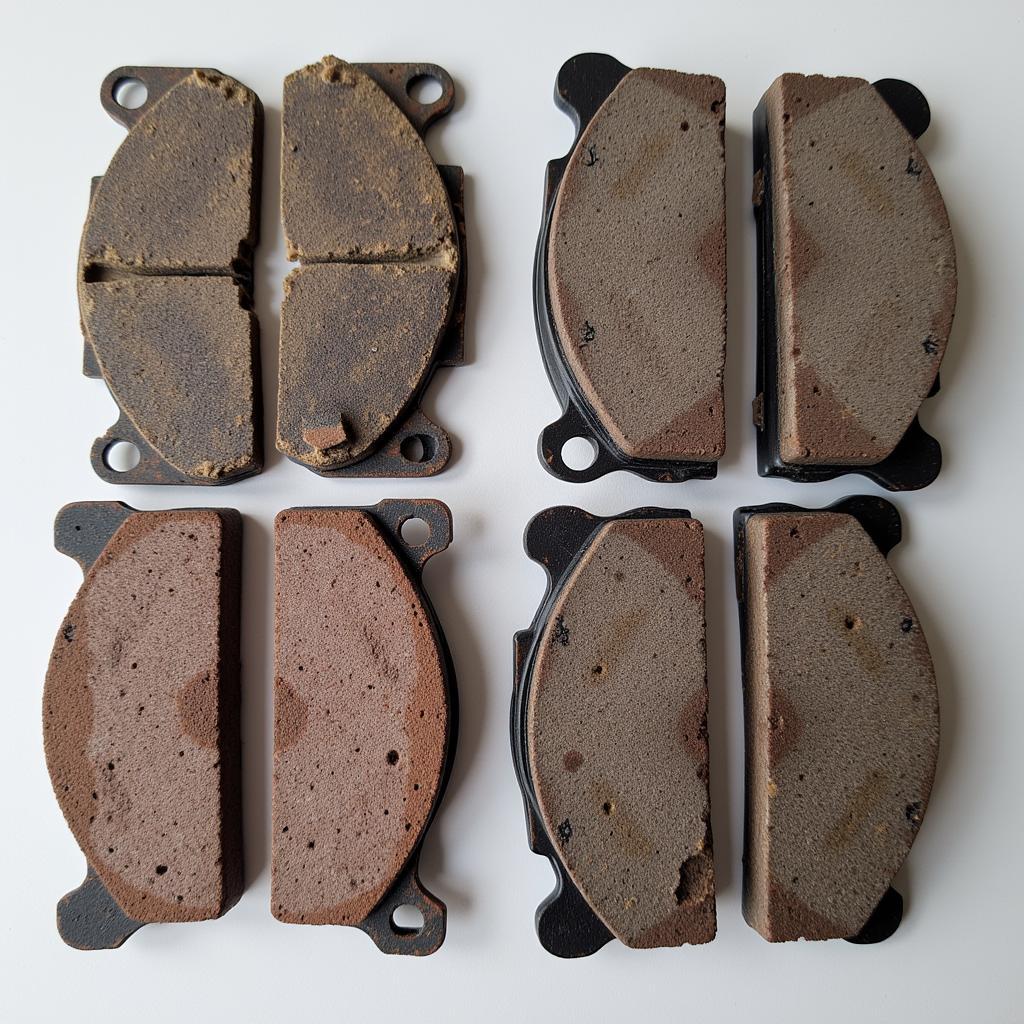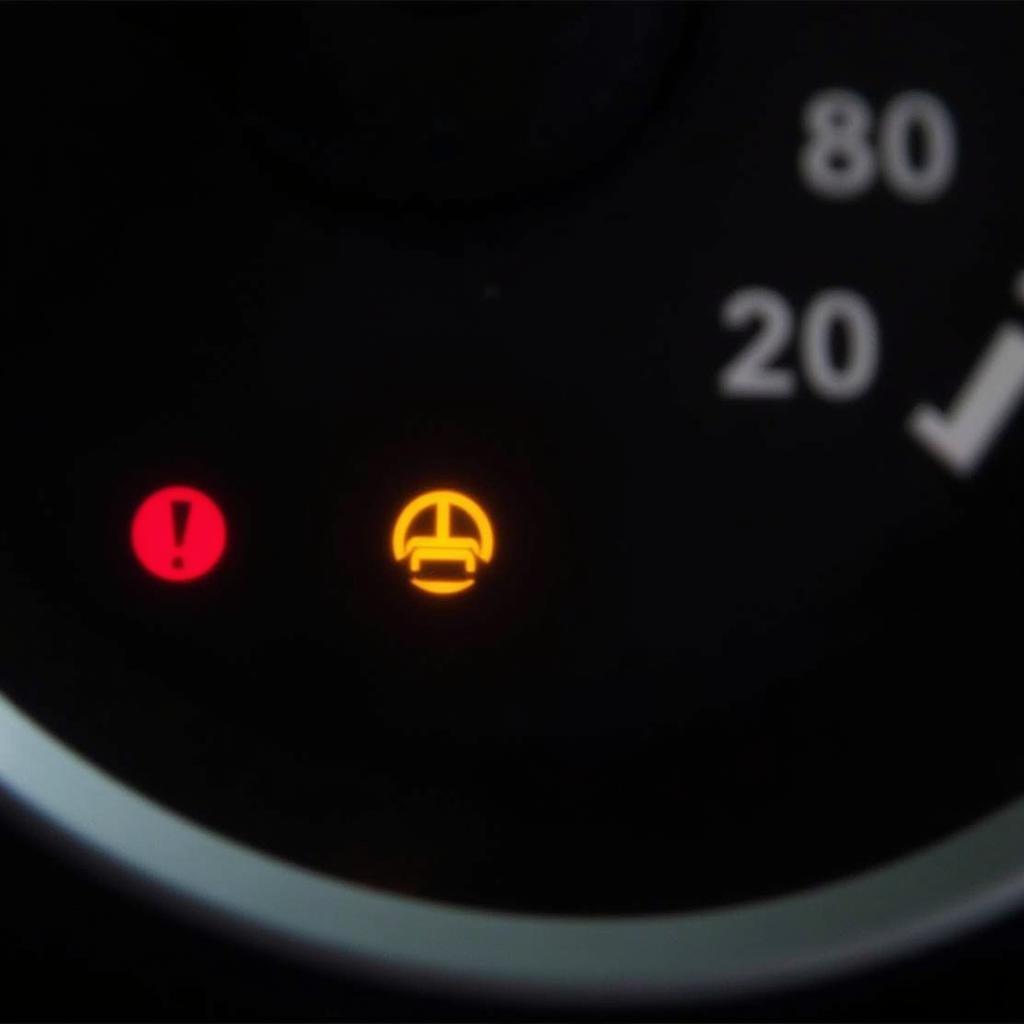The brake warning light on your Hyundai Tucson illuminating can be a nerve-wracking experience. It’s a clear signal that something within your braking system requires attention, demanding immediate action to ensure your safety and that of your passengers. While it can be caused by something as simple as a low brake fluid level, it could also indicate a more serious issue within the braking system. This comprehensive guide will delve into the common causes of a brake warning light on a Hyundai Tucson and provide you with actionable solutions to address them.
Understanding Your Hyundai Tucson’s Brake Warning System
Before we dive into the specifics, it’s crucial to understand how your Hyundai Tucson’s brake warning system functions. The warning light on your dashboard is triggered by various sensors within the braking system. When these sensors detect an abnormality, such as low brake fluid pressure or a fault in the anti-lock braking system (ABS), they alert the car’s computer, which illuminates the brake warning light.
Here are the primary functions of your Hyundai Tucson’s brake warning light:
- Low brake fluid: A common cause for the light to illuminate. Brake fluid is essential for transmitting the force from your foot on the brake pedal to the brake calipers, which then apply pressure to the brake pads, stopping the vehicle.
- Worn brake pads: Brake pads have a wear indicator that triggers the warning light when they thin out, signaling the need for replacement.
- ABS malfunction: Your Tucson’s ABS prevents wheel locking during hard braking, maintaining steering control. A fault within the ABS system will trigger the warning light.
- Parking brake engagement: Leaving your parking brake partially engaged can also trigger the light.
Common Causes of Brake Warning Light on Hyundai Tucson and Solutions
Let’s explore some common reasons why your Hyundai Tucson’s brake warning light might be on and how to address them:
1. Low Brake Fluid Level
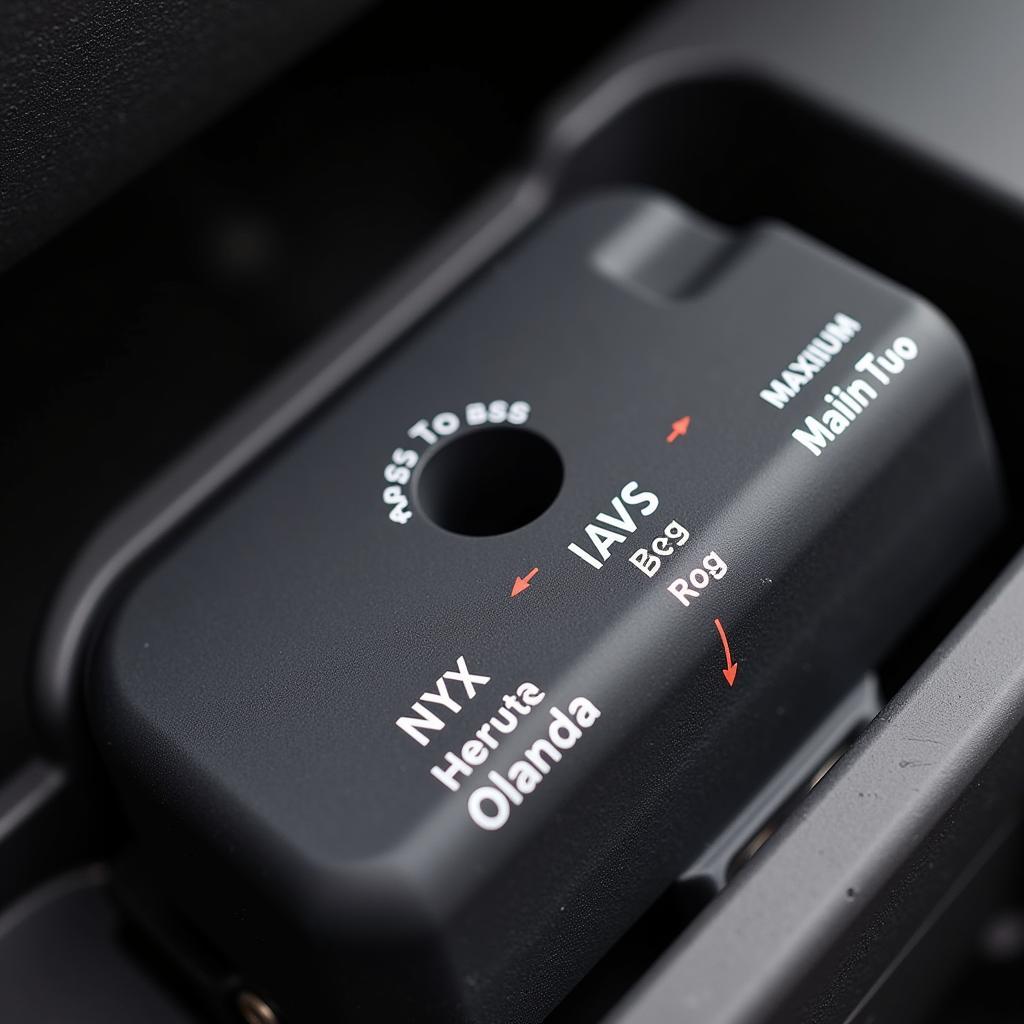 Hyundai Tucson Brake Fluid Reservoir
Hyundai Tucson Brake Fluid Reservoir
The most common culprit of an illuminated brake warning light is low brake fluid. This fluid is essential for transmitting the force you apply to the brake pedal to the wheels, ultimately stopping your Tucson. A leak in the brake lines or a worn-out master cylinder can lead to a drop in the brake fluid level.
Solution:
-
Check the brake fluid level: Safely park your Tucson on level ground and pop the hood. Locate the brake fluid reservoir, usually a translucent container with “DOT 3” or “DOT 4” markings.
-
Assess the fluid level: The fluid level should be between the minimum and maximum markings on the reservoir.
-
Add brake fluid (if needed): If the level is low, carefully add the correct type of brake fluid as specified on the reservoir cap.
-
Inspect for leaks: If the fluid level is significantly low or you’ve had to add fluid recently, there’s likely a leak. Thoroughly inspect the brake lines, hoses, and connections for any signs of wetness or dripping.
Expert Insight:
“Never drive with a suspected brake fluid leak. Have your Tucson towed to a qualified mechanic immediately to diagnose and repair the leak.” – Michael Carter, ASE Certified Master Technician
2. Worn Brake Pads
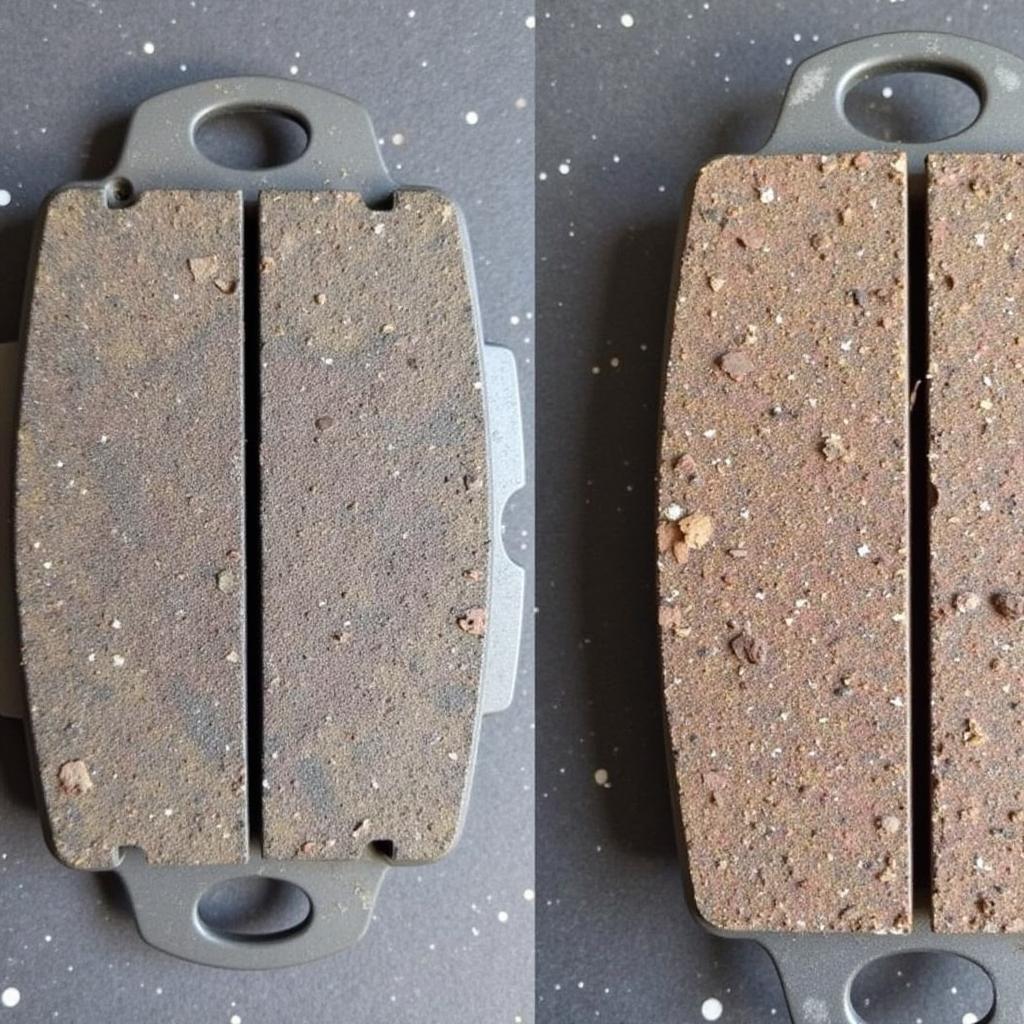 Worn Brake Pads Hyundai Tucson
Worn Brake Pads Hyundai Tucson
Brake pads are your first line of defense when it comes to stopping. Over time, these pads wear down due to friction. Most modern vehicles, including the Hyundai Tucson, are equipped with brake pad wear sensors. When the pads thin out beyond a safe limit, these sensors trigger the brake warning light.
Solution:
Worn brake pads require immediate replacement to maintain optimal braking performance and safety. While it’s possible to replace brake pads yourself with the right tools and experience, it’s generally recommended to have a professional mechanic handle this crucial task.
3. Faulty ABS Sensor
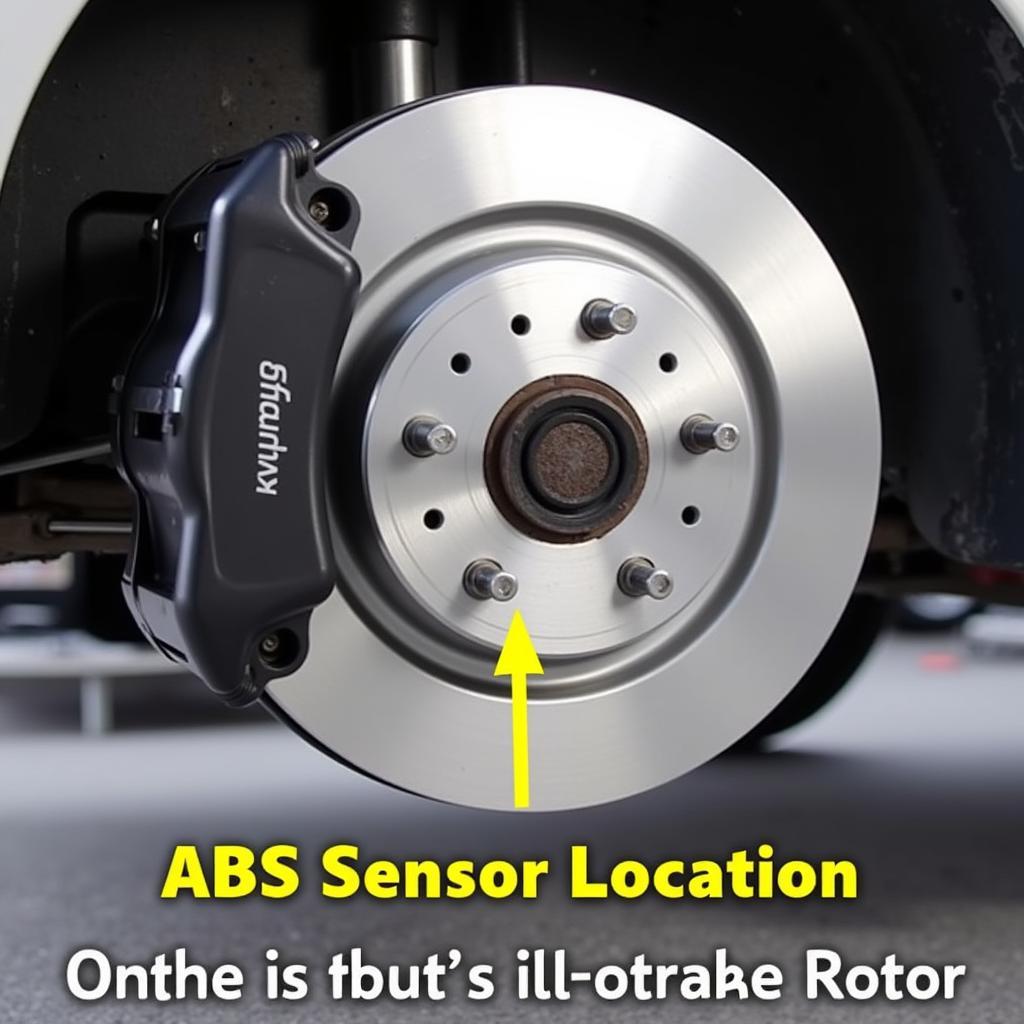 Hyundai Tucson ABS Sensor Location
Hyundai Tucson ABS Sensor Location
The ABS is a crucial safety system that prevents wheel lockup during hard braking. It ensures your Tucson remains steerable and under control, even in emergency situations. A faulty ABS sensor can disrupt this system, illuminating the brake warning light.
Solution:
Diagnosing a faulty ABS sensor requires specialized tools and expertise. If you suspect an issue with your Tucson’s ABS, it’s best to take it to a qualified mechanic. They can diagnose the issue by reading the ABS module’s fault codes and recommend the appropriate repair, which could involve replacing the faulty sensor or repairing related wiring issues.
Conclusion
A glowing brake warning light on your Hyundai Tucson should never be ignored. It’s crucial to address the underlying issue promptly to ensure your safety and that of others on the road. While a low brake fluid level is a common and relatively easy fix, other issues, like worn brake pads or a faulty ABS sensor, require professional attention.
Remember, regular vehicle maintenance, including routine brake inspections, can help prevent many of these issues and keep your Hyundai Tucson running smoothly for years to come.


